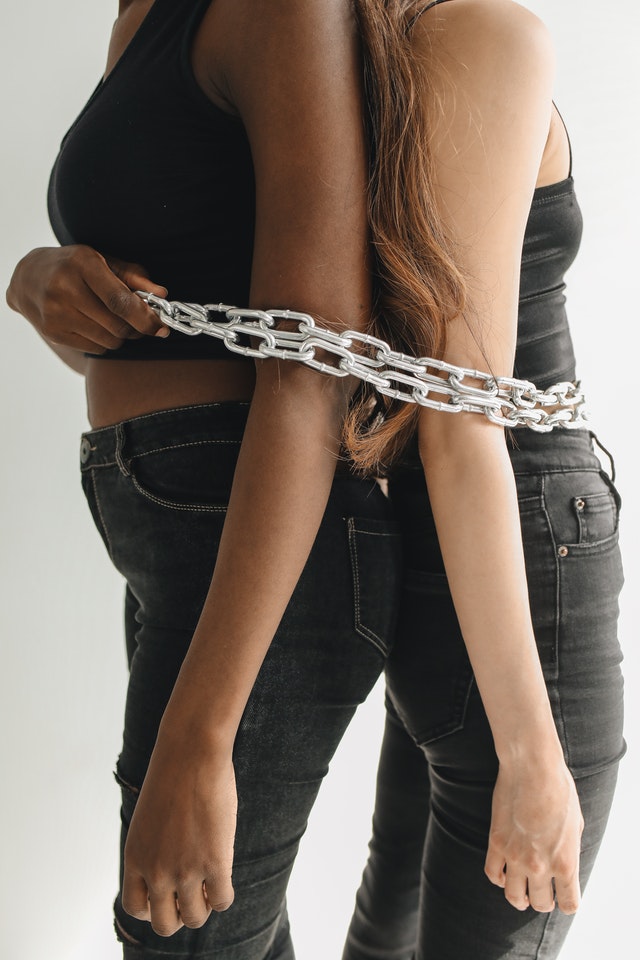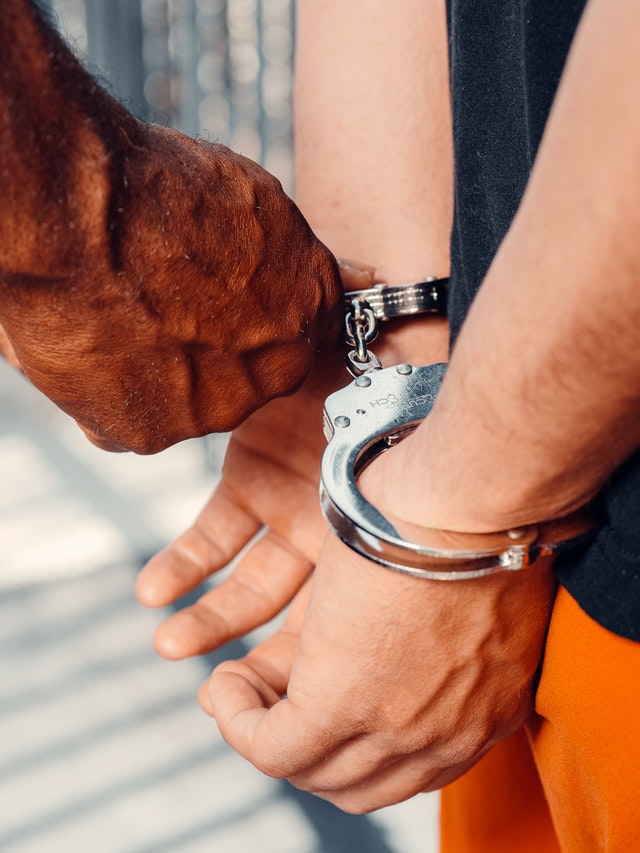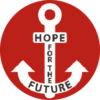ENSLAVED PEOPLE IN OUR MIDST!
Human traffickers exploit their victims. Mainly women and girls from eastern Europe with countries such as Bulgaria, Hungary, Romania and Slovakia being sources of trafficked victims. In addition to these countries people from South East Asia, China, Nigeria and South America are trafficked to and enslaved in Austria. More than 95% of the identified victims are women from abroad and approximately 65% of these women come from another EU country.
WHAT IS THE SITUATION IN AUSTRIA

Traffickers, usually men, exploit women from China and Nigeria with sex trafficking for massage parlours and brothels. They are kept in place with threats and perpetration of violence as well as physical and mental repression. Many Nigerian victims come to Austria as asylum seekers. Some Austrian women are also sex workers and this makes them vulnerable to human trafficking. Often they end up in situations of enslavement. Forced prostitution is mainly an urban phenomenon but does occur in smaller towns and suburbs. Traffickers that operate with broad networks recruit their victims with fraudulent job offers in restaurants and hotels or by presenting themselves as possible romantic partners, the so-called lover boy con. Most traffickers are Austrian men or men that are from the same country as the victims. Many are members of international organised crime groups. Observers have been increasingly becoming aware of a new trend – traffickers are increasingly exploiting men and women from eastern Europe, South East Asia and China as forced labourers in restaurants, in construction, in agriculture and in healthcare and household settings. By far and away leading in the field of household exploitation are diplomatic households. Seasonal migrants are especially vulnerable during harvest times where they live in sub-standard accommodation. In addition to these groups, another segment of trafficking that exists is that of organised begging. In this setting it is often children, those with physical or intellectual disabilities or Roma that are enslaved into forced begging. In addition to this, Austria is often used as a transit country for sending these trafficked persons to other European countries.
WHAT WAS DONE BY LAW ENFORCEMENT?
The Austrian state fulfils the minimum requirements the minimum requirements for combating human trafficking. This means that there is much room for improvement! In the previous year there was increased cooperation with international law enforcement partners. In addition to this efforts were made to proactively and strategically improve drug enforcement activities. With this international cooperation it has become easier for enforcement agencies to identify and protect victims as well as improve prosecution for the crimes that are committed in the trafficking and exploitation cycle. Even though the government meets minimum standards, the absolute number of traffickers that were pursued dropped. There remains significant gaps in the transition procedure for possible victims of trafficking amongst migrants and asylum seekers. Experts identified cases where victims were not appropriately identified and therefore did not receive access to specialist legal assistance.
WHAT DID THE GOVERNMENT DO?

2020 was not a good year for the combating of human trafficking. 2019 saw significantly more investigations and prosecutions for human trafficking. Authorities suspect that this drop in cases is often due to lack of evidence which means prosecution was not possible. In addition to this courts had problems hearing witnesses due to the pandemic. In May 2020 law enforcement worked with international partners to end a multinational sex trafficking network that exploited Romanian women in Vienna. The Government made available 1.43 million Euro available to NGOs for the provision of shelter, legal services and other help. This was 441.890 Euro more than in the previous year. The City of Vienna financed a centre for unaccompanied migrant children, some of which are victims of trafficking. The centre offers legal, medical, psychological and language help to the children. The centre reports that it did not provide assistance to victims of trafficking in 2020.
As we can see, there remains much to do and there are many things that are not yet working. This text is a small excerpt of the report on monitoring and combatting trafficking in Austria . With our work we were able to make a significant and critical difference for victims. Please support the work of Hope for the Future going forward.
